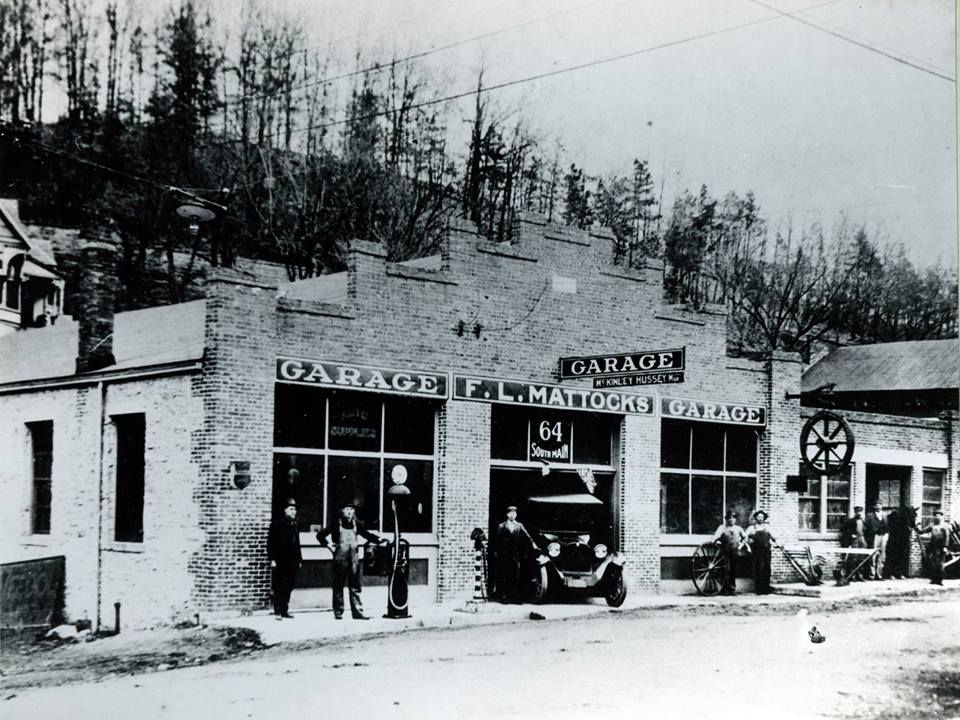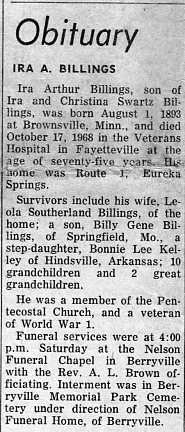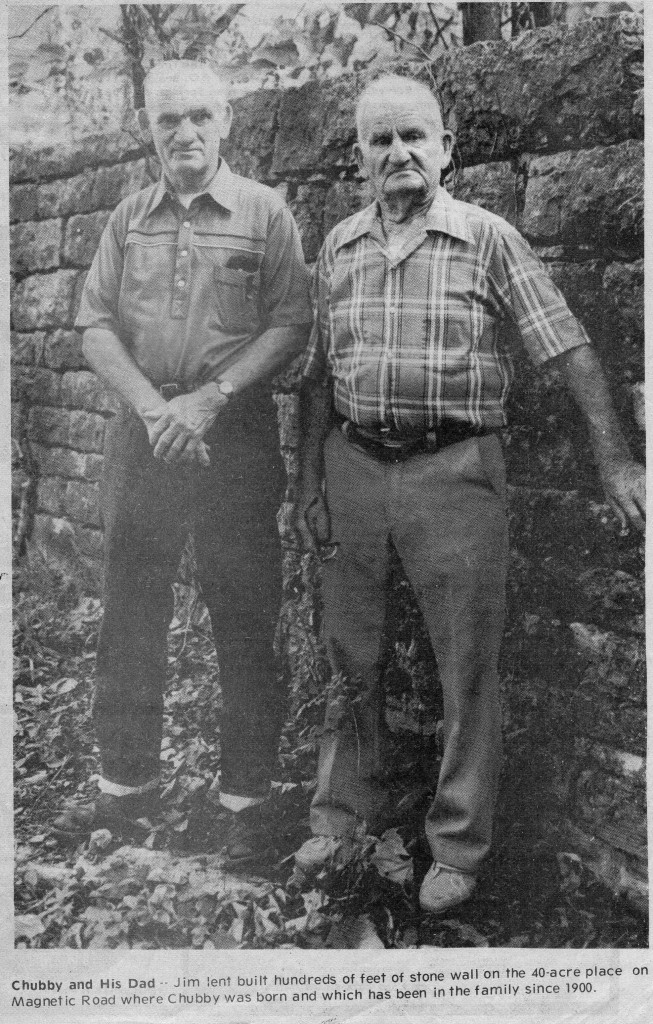If I’ve learned anything from the recounted observations of McKinley Weems, it is that the good old days weren’t always as good as advertised. His evidence is anecdotal, but persuasive. He might recall some local event of startling brutality and will say with mild sarcasm, “That’s what we did for fun in the good old days.”
Sometime back, I overheard a snippet of conversation between two white-haired men. One was talking about his idyllic youth. He wasn’t a person known to me and I don’t recall all of what he said, except that when he came of age, the world was a simpler and better place, people were honorable, and one didn’t have to worry about, well, much of anything.
From the clues given, I did some quick math in my head and was surprised to realize that he wasn’t talking about the 1940s or 1950s, but about the late 1960s. (First of all, when did white-haired men become so much closer to my own age?)
My father was in California when I was born in 1968. (Thank you, Wilsie Sherman, for standing in and holding my mother’s hand.) Dad did fly home for a brief visit, but we didn’t see him again until eight months later because of the inconvenience of the Vietnam War. Maybe because of my reading about Vietnam, assassinations and widespread rioting, my impression of 1968 is not one of golden splendor and contentment. But perhaps it was for the gentleman I overheard talking. I’ve not worn his boots for a country mile…
Or is there something psychological going on here? I think of my own youth as a time of relative security without many complaints. Reagan slumbered on the throne but Marines died in Beirut and a space shuttle exploded.
Then again, the people of my youth do not seem that different than the people I know today. Times change, perhaps, but do people really change that much, generation to generation? Don’t look to me, I don’t know. I’ve always liked this quote attributed to Mark Twain, “History doesn’t repeat itself, but it does rhyme.”





